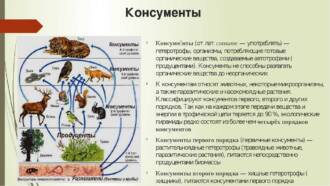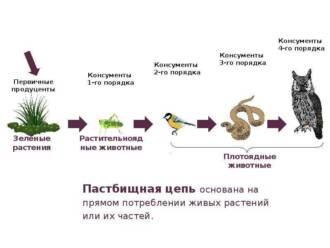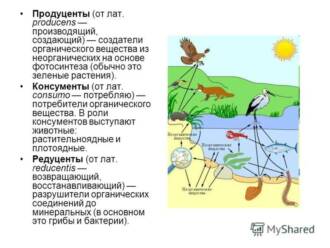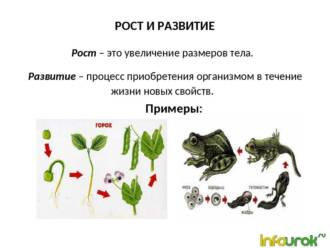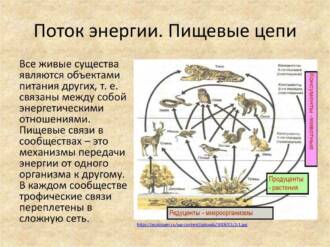
Butterflies, with their bright wings and graceful flight, are one of nature's most beautiful creatures. However, in addition to their aesthetic value, butterflies also play an important role in the food chain of an ecosystem. Relationships between butterflies and other organisms in nature have a significant impact on biodiversity and ecological balance.
One of the main roles of butterflies in the food chain is their role as pollinators. Many species of butterflies feed on the nectar of flowers, in the process of which they transfer pollen from one flower to another. This contributes to the pollination of plants, which is necessary for their reproduction. Without the participation of butterflies in pollination, many plant species would not be able to reproduce, which would lead to their extinction and disruption of the food chain.
In addition, butterflies also serve as a food source for many other organisms. Butterfly larvae, known as caterpillars, are an important food source for birds, lizards, toads and other predators. Because of this, butterflies play a role in transferring energy from one level of the food chain to the next. They also have a food filtering function as they feed on plants and help control plant populations.
In conclusion, butterflies play an important role in the food chain and the ecosystem as a whole. They are plant pollinators and a food source for many other organisms. Without the participation of butterflies, the ecological balance and biodiversity can be disrupted. Therefore, the conservation and protection of butterflies and their habitats is an important task to conserve nature and keep the food chain in balance.
Butterflies in the food chain: why they are important
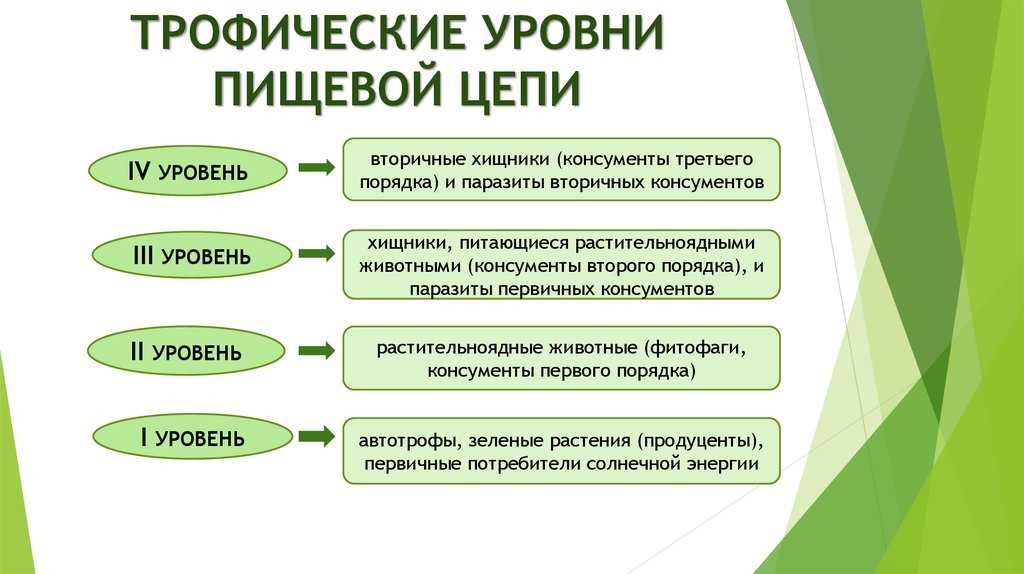
Butterflies play an important role in the food chain, taking part in the transport of pollen and pollination of plants. They are the main pollinators of many plant species, including flowers, trees, and shrubs. Pollination of plants is necessary for their reproduction and maintenance of genetic diversity.
Butterflies also serve as a food source for a variety of animals, including birds, frogs, lizards, and insectivores. They are an important link in the food chain, transferring energy from plants to predators. Without butterflies, it will be difficult for some animals to find enough food to survive and reproduce.
In addition, butterflies serve as indicators of ecosystem health. Changes in the butterfly population may indicate possible problems in the environment, such as air pollution or habitat loss. Butterfly population monitoring allows scientists and ecologists to assess the state of the environment and take measures to conserve it.
Thus, butterflies play an important role in the food chain and the ecosystem as a whole. They not only pollinate plants and serve as a food source for other animals, but are also indicators of ecological balance. Therefore, it is important to conserve and protect their habitats in order to maintain the health and diversity of our nature.
Variety of butterfly species
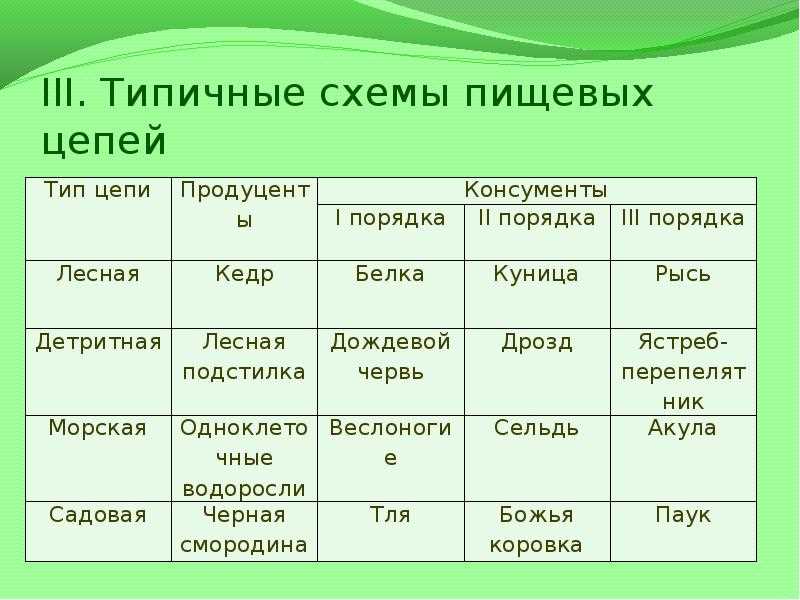
Butterflies are one of the most diverse groups of insects, with over 180,000 species. They are found on every continent except Antarctica and live in a variety of environments from tropical jungles to polar tundras. Butterflies come in a variety of shapes and colors, making them one of the most beautiful insects.
Butterflies are divided into several families, each of which has its own characteristics. For example, the Nymphalidae family includes about 6,000 species of butterflies that have bright colors and can mimic insects dangerous to predators. The moth family includes about 20,000 species of butterflies that have long and narrow wings and feed on the nectar of flowers.
Each type of butterfly has its own characteristics in the structure of the body and wings. For example, some species of butterflies may have transparent wings, which makes it easy for them to hide from predators. Other species may have wings with bright spots or patterns that serve to attract mates or deter predators.
Butterfly species diversity is essential to the ecosystem. They are important pollinators of plants, carrying pollen on their legs and rostra, which promotes plant reproduction. In addition, butterflies are food for many birds, bats, and other predatory insects, helping to maintain balance in the food chain.
Butterflies as pollinators
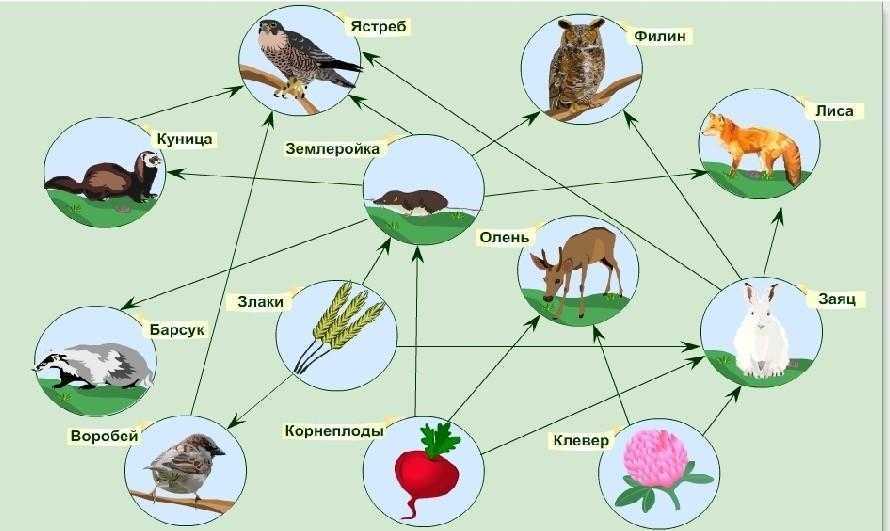
Butterflies play an important role in the pollination of various plants, which is an integral part of the food chain. They are one of the most effective pollinators, because due to their active life they are able to carry pollen over long distances.
Plant pollination occurs when pollen from the male organs of a flower is transferred to the female organs of another flower of the same species. Butterflies, feeding on the nectar of flowers, accidentally penetrate the male organs and transfer pollen to other flowers on their bodies.
Butterflies have long mouthparts that allow them to reach nectar in deep flowers. At the same time, they immerse their head and chest in the flower, while the front legs and abdomen remain outside. This posture allows butterflies to easily enter the flower and touch its male organs, carrying pollen on their body.
Butterflies are important pollinators for many plant species, including some crops. They help increase plant productivity and preserve biodiversity in nature. Therefore, the protection and conservation of the butterfly population is an important task for maintaining the ecosystem and the food chain as a whole.
Butterfly eating habits
Butterflies, like many other insects, are heterotrophs, meaning they cannot synthesize their own food and must obtain it from outside. The feeding habits of butterflies are varied and depend on their species and stage of development.
food for adult butterflies
Adult butterflies, or adults, feed mainly on the nectar of flowers. They use their long mouth tentacles, called proboscis, to reach deep inside the flower and extract nectar. Nectar is a sugary, carbohydrate-rich liquid that is the main source of energy for butterflies. In addition to nectar, some species of butterflies can also feed on fruits, tree sap, or even animal excrement.
caterpillar food
Caterpillars, the developmental stage of butterflies after they hatch from their eggs, have completely different feeding habits. Most caterpillars feed on plants, and each species of butterfly prefers certain types of plants. Caterpillars use their mandibles to gnaw on the leaves and stems of plants, and their food base usually consists of plants rich in fiber and other nutrients necessary for their growth and development.
Thus, the feeding habits of butterflies are varied and adapted to their physiology and environment. They play an important role in the food chain, as a source of food for other animals and as pollinators of plants, contributing to their diversity and the conservation of ecosystems.
The role of butterflies in the distribution of plants
Butterflies play an important role in the distribution of plants. They are one of the main pollinators of flowering plants, carrying pollen from one flower to another on their legs and head. Thus, butterflies contribute to the pollination of flowers and ensure the reproduction of plants.
Butterfly pollination is especially important for some plant species because pollen from these plants sticks together and cannot be carried by wind or other pollinators. Butterflies tend to be attracted to the flowers of their own species, which release special scents and nectar that attract pollinators.
In addition, some species of butterflies also play a role in the dispersal of plant seeds. They may become covered with seeds or berries while feeding and carry them to other places where the seeds can germinate and form new plants. This dispersal of seeds by butterflies helps plants to expand their range and ensure their survival in various conditions.
Butterflies and other insects
Butterflies are one of the insect species that play an important role in the food chain. They are pollinators of many plants, making them an integral part of the ecosystem.
Butterflies are part of a large family of insects known as Lepidoptera. They are distinguished by their wing-shaped shape and a variety of colors. Most butterflies are active during the day and live in a variety of locations including forests, fields, and gardens.
Insects, including butterflies, play an important role in the food chain. They are food for many animals such as birds, bats and some insectivorous mammals. Butterflies also serve as a food source for plants because they pollinate their flowers and aid in reproduction.
The importance of butterflies in the food chain
Butterflies are important pollinators for many plant species. They carry pollen from one flower to another, contributing to the fertilization and reproduction of plants. Without butterflies, many plants would not be able to reproduce and continue to exist.
In addition, butterflies are a food source for many animals. Their larvae and caterpillars serve as food for birds, lizards, frogs and other predatory animals. Therefore, a decrease in the number of butterflies can have a negative impact on the populations of these animals and on the ecosystem as a whole.
In general, butterflies and other insects play an important role in the food chain and the maintenance of biodiversity in nature. They are an integral part of the ecosystem and their conservation is of great importance for the balance in nature.
Butterflies as food for other animals
Butterflies play an important role in the food chain, serving as food for many other animals. They are a source of food for various species of birds, lizards, frogs and mammals.
Many birds such as tits, larks and rooks feed on butterflies and their caterpillars. They use their sharp beaks to catch and eat butterflies in flight or find their caterpillars in plant leaves. Butterflies also serve as food for other birds, such as swallows, which can catch them in the air or find their nests.
Some species of lizards, such as chameleons and dragons, also feed on butterflies and their caterpillars. They use their long tongues to catch butterflies or hide and wait for them to come closer. Butterflies also serve as a food source for some types of frogs, which can catch them with their tongues or jump on them.
Some mammals, such as mice and some types of bats, also feed on butterflies. They can catch them in the air or find them in bushes and trees. Butterflies also serve as a food source for some species of other insects, such as spiders and ants, which may prey on them or feed on their caterpillars.
Thus, butterflies play an important role in the food chain, providing food for many other animals. Their presence in the ecosystem is essential for maintaining biological diversity and balance in nature.
Impact of anthropogenic activity on butterfly populations
Anthropogenic activities such as destruction of natural habitats, pollution, and pesticide use have a major impact on butterfly populations. They are an important part of the food chain and perform a number of ecological functions, including pollinating plants and serving as a food source for other animals.
One of the main consequences of anthropogenic activity for butterflies is the loss of natural habitats. Human intervention in the form of deforestation, conversion of natural lands into agricultural lands and development of territories reduces the available space for butterflies to live. The destruction and reduction of their habitats leads to a decrease in the number and diversity of populations.
Environmental pollution also negatively affects butterflies. Emissions of industrial waste, pollution of water bodies and the use of chemicals lead to the poisoning and death of butterflies. They can die from contaminated food and water, as well as chemicals used to process plants.
Pesticide use is another major threat to butterfly populations. Pesticides are used to kill crop pests, but they also harm beneficial insects, including butterflies. They can become poisoned when they feed on plants that have been sprayed with pesticides or when directly exposed to them. Pesticides can reduce the number and diversity of butterfly populations, as well as disrupt their behavior and reproduction.
In general, anthropogenic activity has a serious impact on butterfly populations, which can lead to a reduction in their abundance and diversity. To preserve these beautiful insects, it is necessary to take measures to protect and restore their habitats, reduce environmental pollution and limit the use of pesticides.
The role of butterflies in the ecosystem
Butterflies are an incredibly important component of the ecosystem. They act as pollinators for many plants, ensuring their reproduction and preservation. Butterflies are one of the most important pollinators, third in importance, after bees and wasps.
Butterflies have unique anatomical features that help them serve as pollinators. For example, a long mouth allows them to reach the nectar found in deep flowers. In addition, their legs are covered with small hairs, on which pollen is retained, which they transfer from one flower to another.
Butterflies are also a food source for many animals. Their caterpillars serve as food for birds, lizards, small mammals and other insectivorous animals. Adult butterflies are also prey for birds, bats and some insectivorous animals.
Butterflies take part in food chains and relationships in the ecosystem. They are the link between plants and other animals, carrying pollen and providing pollination. Without butterflies, many plants would not be able to reproduce and continue to exist.
Importance of conservation of butterflies and their place in nature
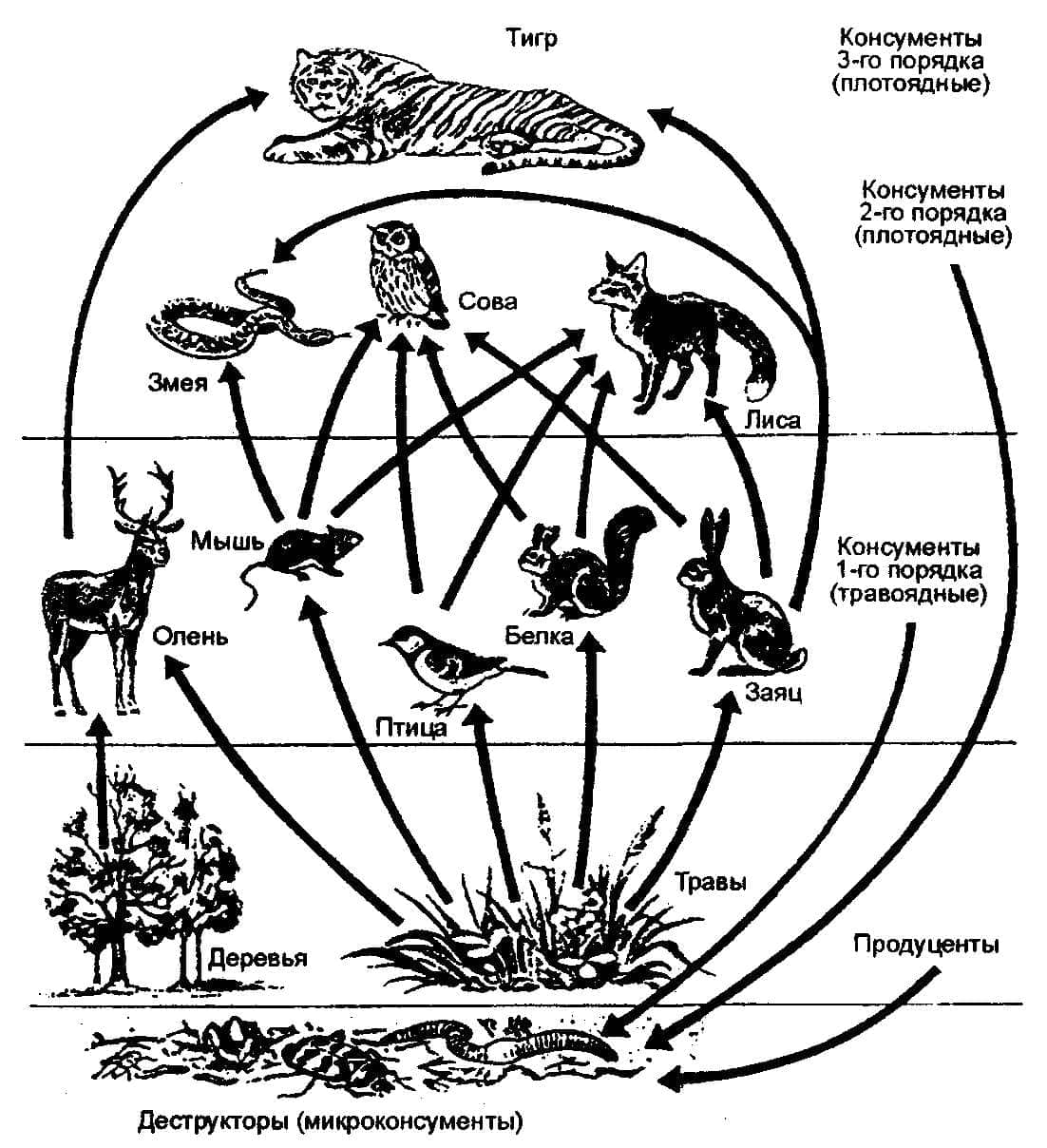
Butterflies play an important role in the natural ecosystem and their conservation is of great importance for the biodiversity of the planet. They are important pollinators of plants, helping them reproduce and spread. Most plant species depend on butterflies and other insects for pollination, making them indispensable members of the food chain.
Butterflies also serve as food for many other animals, including birds, frogs, and mammals. They are one of the links in the food chain, and their absence can lead to an imbalance in nature. Butterflies also play an important role in biological pest control, as they are natural enemies of some harmful insects.
However, many butterfly species are endangered due to loss of their natural habitat, pollution and climate change. Deforestation, monoculture and the use of pesticides are major threats to butterflies and their place in nature. Therefore, the conservation of butterflies and their natural habitats is an important task for the conservation of biodiversity and maintaining the ecological balance.
Conclusions:

- Butterflies are important plant pollinators and play an important role in the food chain.
- They serve as food for many other animals and play a role in biological pest control.
- Their conservation and the preservation of their natural habitat is key to maintaining biodiversity and ecological balance.

